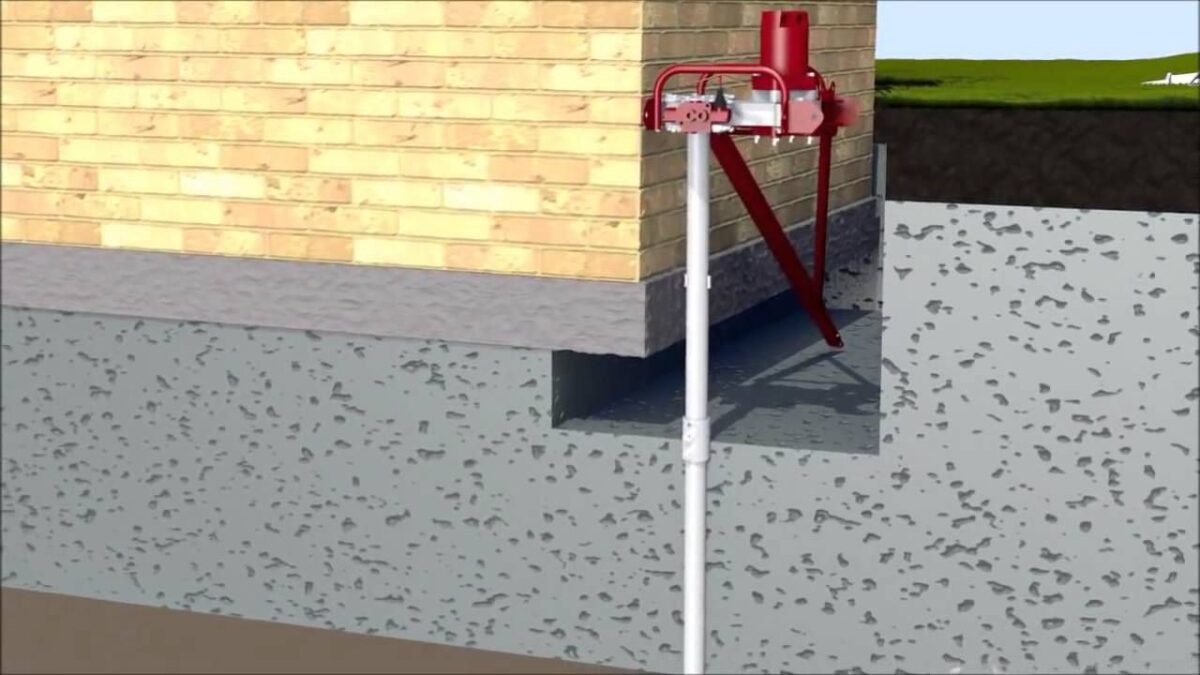The reduction of risks is one of the many benefits to circumcision. The procedure has one
downside: the loss or dysfunction of the penile structure. This harm is important because there
are between 30-50 cm2 indented elastic genital tissue. While this reduction may seem
significant, it is not morally determinant. Some people argue that the surgery is not very
beneficial. But this argument is flawed.
In addition to this benefit, circumcision can reduce the risk of certain STDs. Since the penis can
be easily cleaned, it is less likely to be covered with germs during sexual intercourse. A
circumcision can reduce the risk of HPV infection, which is linked with cervical cancer. The risk
of contracting HIV can be reduced by circumcision. You also have many other benefits from
circumcision.
When should circumcision take place? The procedure works best when the boy’s young age isn’t
yet ready for sex. Unfortunately, many males start having sex before they are mature enough to
opt for circumcision. Delaying the procedure may also reduce the protective benefits of
circumcision. Delaying circumcision can result in a higher risk of urinary tract infections and
complications. Some parents are uncomfortable about the permanent change in their son’s body
and delay circumcision until their child is older.
As scientific evidence accumulated, the rate at which circumcisions decreased declined. Johns
Hopkins University School of Public Health performed a large study that compared HIV risk and
genital herpes in male circumcised men. Circumcision also reduced the risk of cancer and the
risk of heterosexual transmission of HIV. And new scientific research has shown that
circumcision can lower the risk of HPV, a sexually transmitted disease.
Another benefit of male sex is the reduction in cervical carcinoma. A circumcised man’s female
partner is less likely to contract HPV. This virus causes cervical cancer in the women. Moreover,
advanced treatments, such as radiation therapy and chemotherapy, affect fertility. Also, male
circumcision may reduce the sensation in your penis when you have an intercourse. If performed
on an adult it may also eliminate future chances for pregnancy.
Circumcision involves the surgical procedure of removing the foreskin, which covers the tip the
penis. The procedure is relatively quick and involves minimal risk. The health benefits of
circumcision far outweigh any risks associated with it. Male circumcision also makes it easier to
practice good hygiene habits. It also reduces the risk of developing certain painful conditions and
diseases. If performed correctly, circumcision can be a great option if men want to lower the risk
of developing these conditions.
This is a necessary step towards sexual maturity. Over time, the foreskin will retract. It is a
reversible procedure, but it is essential for the healing process. It is important to bathe a
newborn baby with warm water on a regular basis. Avoid trauma to the penis during the first few
days following circumcision. It will not become loose during this time so you should bathe every
day to heal the wound.
During the procedure, the healthcare professional will numb the penis with a numbing cream or
medicine. The healthcare professional will then secure the penis. He will then apply petroleum
jelly as well as antibiotic ointment at the incision. The penis will heal in seven to ten working
days. The penis will appear red and swollen after that.
A pediatrician or urologist can perform a newborn ciscision. The procedure takes about 20
minutes. A mohel, a trained professional, performs the procedure. A special clamp will attach to
the penis, and a plastic band will be wrapped around it. The procedure takes place in a hospital.
The baby will not feel any pain during circumcision.


